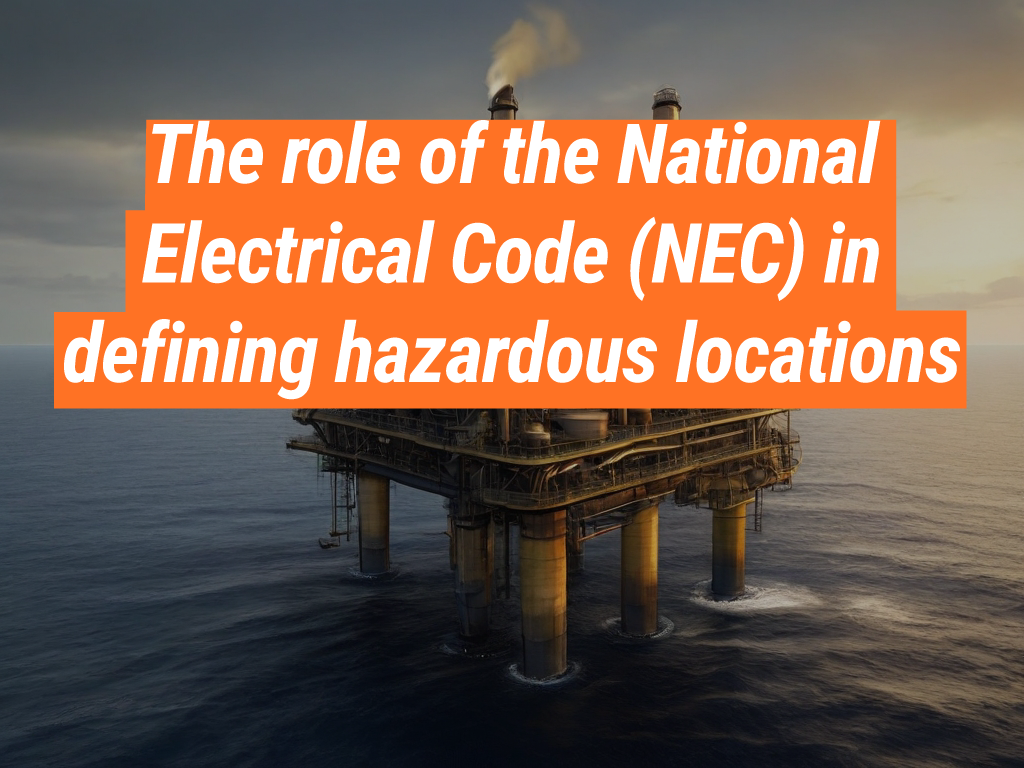The National Electrical Code (NEC) plays a pivotal role in ensuring safety in hazardous locations. The National Fire Protection Association (NFPA) developed this comprehensive safety standard, which provides guidelines for electrical installations, including those in potentially dangerous environments. In this article, we delve into the NEC’s role in defining hazardous locations and its impact on businesses like the Intrinsically Safe Store. We invite you to explore our website to see how we adhere to these standards to ensure your safety.
Understanding the NEC
The NEC, also known as NFPA 70, represents a regionally adoptable standard that the United States uses for the safe installation of electrical wiring and equipment. The NFPA includes it as part of their codes and standards, aiming to minimize the risk of fire and electrical hazards.
NEC’s Role in Defining Hazardous Locations
The National Electric Code (NEC) bases hazardous location classifications on the properties of potentially present flammable materials and the likelihood of a flammable concentration. These classifications assist in determining the appropriate electrical equipment and wiring methods to use.
- Class I Locations: Flammable gases or vapors are present in these places in quantities sufficient to produce explosive or ignitable mixtures.
- Class II Locations: Combustible dust is present in these areas.
- Class III Locations: Easily ignitable fibers or flyings are present at these locations.
Impact on Businesses
Businesses like the Intrinsically Safe Store must understand and adhere to the NEC’s hazardous location classifications. This is crucial for us because we specialize in providing equipment designed for use in hazardous locations. Furthermore, our products meet the stringent safety standards that the NEC has set.
Case Study: The Importance of NEC Compliance
A case study highlighting the importance of NEC compliance is the explosion at a sugar refinery in Georgia in 2008. The incident, which resulted in 14 deaths and numerous injuries, was traced back to an accumulation of combustible sugar dust. The subsequent investigation found that the electrical equipment used in the facility was not suitable for Class II locations, leading to a catastrophic ignition of the dust.

The NEC plays a vital role in defining hazardous locations and setting safety standards for electrical installations. Compliance with these standards is not just a legal obligation but also a moral responsibility for businesses. At Intrinsically Safe Store, we understand the importance of these standards and are committed to providing products that meet and exceed them. We invite you to contact us to learn more about our commitment to safety and how our products can help ensure your operations are safe and compliant.


